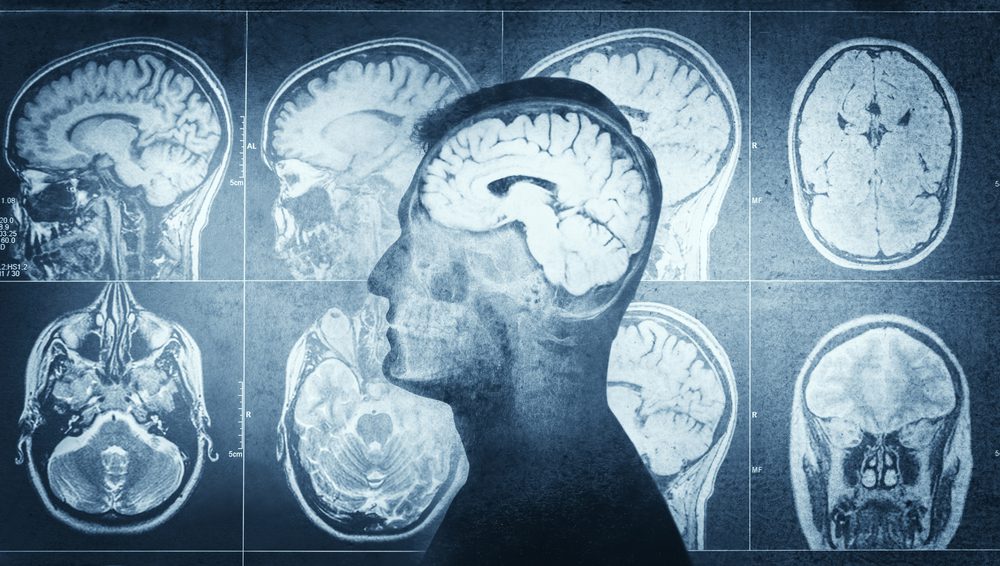The human body won’t look the same in the future!
Experts were able to predict some changes the human body will suffer over time. We won’t be here to see them (most likely neither will the children of our children of our children… well, you get the idea) because most of these predictions for the future appearance of humans are believed to become reality somewhere in the year 3000.
Nonetheless, it’s still interesting to see what kind of changes the human body will suffer in the future. Are these changes good or bad? We’ll find out!
Many of these predictions are based on past trends or on the fanciful theory that body parts that are used more often will get bigger or those that are used less will shrink. Will too much screen-based device usage cause humans to evolve square eyes? Will technology replace our need for strong limbs? Will humans have the abnormally large brains seen in sci-fi movies?
It’s important to point out that most of these predicted changes aren’t based on the principles of evolution or biology. While we don’t know what events will happen in the future that may have an impact on the way we evolve, it’s possible to set some limitations on what could occur.
Without further ado, here are some predicted changes the human body will suffer in the future!

1. Thicker skulls and smaller brains
No. 1 on the list of changes the human body will suffer is the brain. It’s unlikely for this organ to get proportionally larger because any significant change in size would automatically affect the ability for a baby’s head to pass through the mother’s pelvis during birth.
The pelvis is a compromise between bipedalism, an upright posture, and the size of the birth canal. Any change in the pelvis would alter a woman’s ability to walk efficiently.
Anyway, getting back to the brain, among the predicted changes the human body will suffer is the brain, along with the skull. Some experts predict that the human body may evolve to have thicker skulls as a result of the radio-frequency radiation issued from smartphones.
That’s why some researchers and scientists believe that the low-energy end of an electromagnetic field emitted from devices like smartphones could be potentially harmful.
Moreover, if we continue to use computers, smartphones, and tablets at the same rate over the next 80 years, something may have to give. For instance, many people sleep with their smartphones under their pillows. While some believe this may lead to cancer in the long run, we still don’t have enough evidence to confirm the theory.
Still, sleeping with your phone next to your bed can disrupt your sleep cycle and limit the production of many significant hormones. As a result, the scientists warn that this could lead to the development of thicker skulls and smaller brains.
A 2018 study conducted by the Swiss Tropical Health Institute discovered that spending too much time on your mobile phone can lead to memory loss. In the same year, a National Institutes of Health study found that kids who had more than two hours of screen time scored significantly lower on thinking and language tests.
This behavior can affect certain parts of the brain, which can lead to changes in its size.
2. Body size
Next on our list of changes the human body will suffer is related to its size. The trend over the last three centuries has been toward larger bodies, but obviously this cannot continue indefinitely, as experts explain.
In nature, when animals get big, their numbers go down to match the resources available. Not the humans’ case, though. Humans are violating this biological rule by being not only larger but having more of us as well.
Size cannot increase beyond a specific limit because the mechanical demands on the muscles and bones of very large bodies are different from those of medium-sized bodies. By significantly changing the size of the body, scientists explain that there would need to be a change in the shape of the human body.
Still, are there any specific changes the human body will suffer in the future?
According to some experts, future generations are predicted to be smaller and perhaps slower. As physical strength becomes less necessary, the human muscles will also keep shrinking.

3. Thumb size
No. 3 on our list of predicted changes the human body will suffer is something you probably haven’t thought about. Recent studies indicate that there is a whole generation of teenagers with overdeveloped thumbs due to spending too much time on the smartphone and playing too many video games.
Muscles are able to easily adapt through excessive physical use, but experts point out that this is not genetic. An individual may end up having this characteristic but won’t pass it on to any offspring.
Keep in mind that this list of changes the human body will suffer is only a prediction, and we can’t be 100% sure that these will become real.
4. Second eyelid
Last on our list of predicted changes the human body will suffer in the future is something that may seem rather like something you’d see in a sci-fi movie. However, some experts have stated that the human body’s evolution may include the development of a second eyelid. This sounds pretty strange, but let’s see what scientists have to say about this predicted change.
According to them, if research into computer and phone screens causing eye strain, headaches, and blindness is well established, our bodies may evolve to somehow limit the amount of light to which our eyes are exposed.
The human’s sideways blink, coming from another inner eyelid that blocks the light from smart devices, may plausibly be among the changes the human body will suffer in the future.

A grand average?
In addition to these changes the human body will suffer in the future, many geneticists claim that something new is occurring in human evolution—something along the lines of a similarity among our species. In other words, we’re becoming more alike.
Human evolution depends on certain factors that rely on the differences in our genes and our ability to pass on these genetic differences. Over time, the human body should change as these differences become more apparent. Should the genetic changes be great enough, a new species will arise.
Nonetheless, the three components without which evolution cannot occur—geographical isolation, natural selection, and variation—have more or less vanished from the equation.
We can look at humans as a single genetic “continent”, meaning that the population of the world is mixing and is no longer just breeding within ethnic or cultural groups. It’s suggested that, given enough time (we’re talking about hundreds, if not a thousand years), the human race will start to look more and more alike.
In other words, there’s a possibility that future humans will become the “average” of all the current physical appearances.
Discussions surrounding the changes the human body will suffer are usually backward-looking, as if the greatest challenges and triumphs were in the distant past. But as culture and technology enter a phase of accelerating change, our genes will too.
Perhaps the most interesting parts of evolution aren’t dinosaurs, Neanderthals, or life’s origins, but what’s happening in the present—and our future.
Want to learn more about natural selection? Charles Darwin’s book is arguably the best fit for that!
If you liked our article on changes the human body will suffer in the future, you may also want to read Can Jurassic Park Become Reality by 2100? Scientists Unlocked the Secrets!














